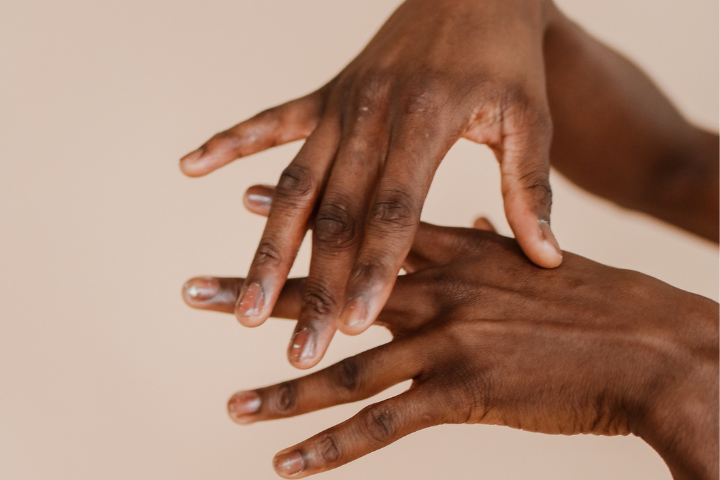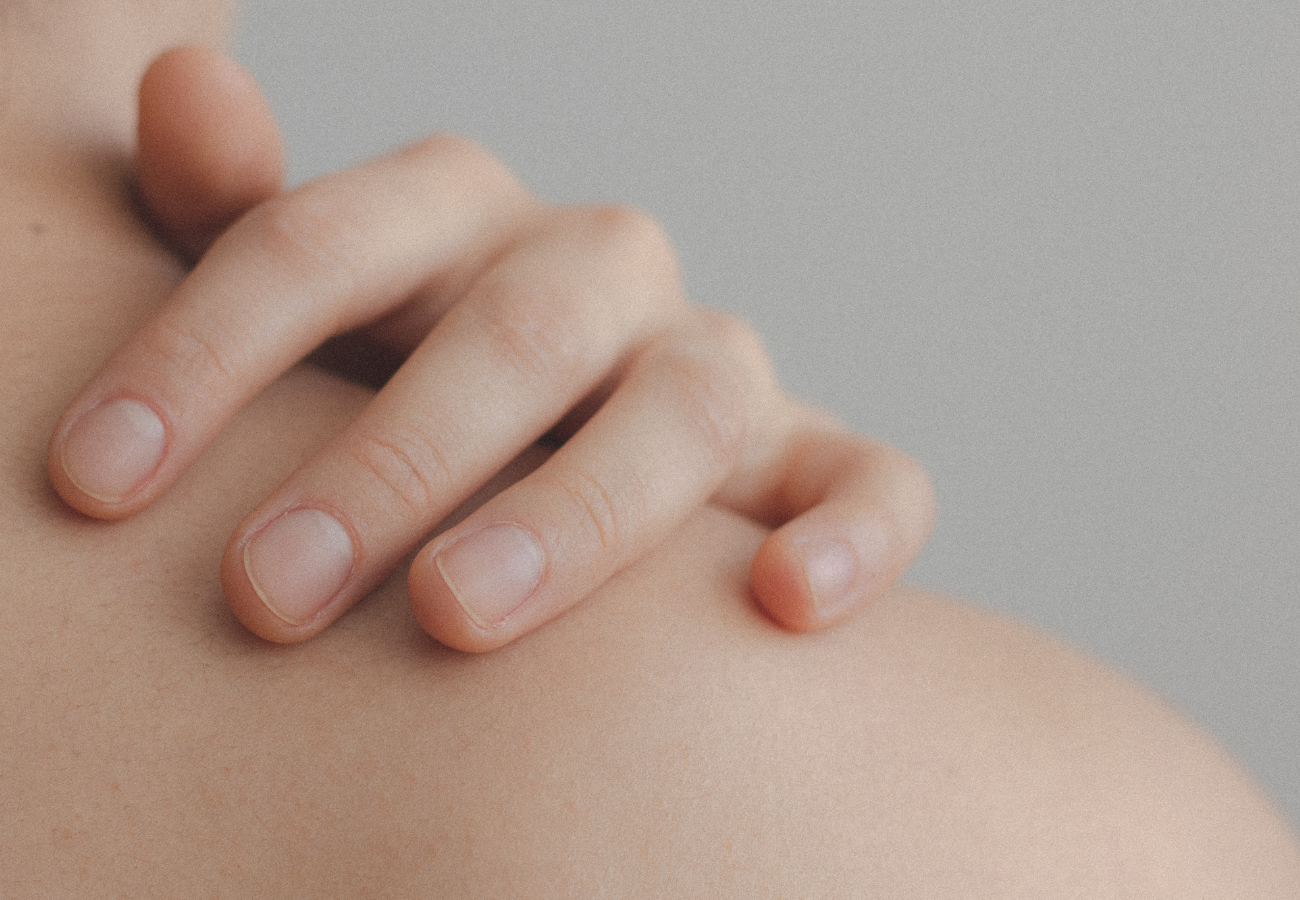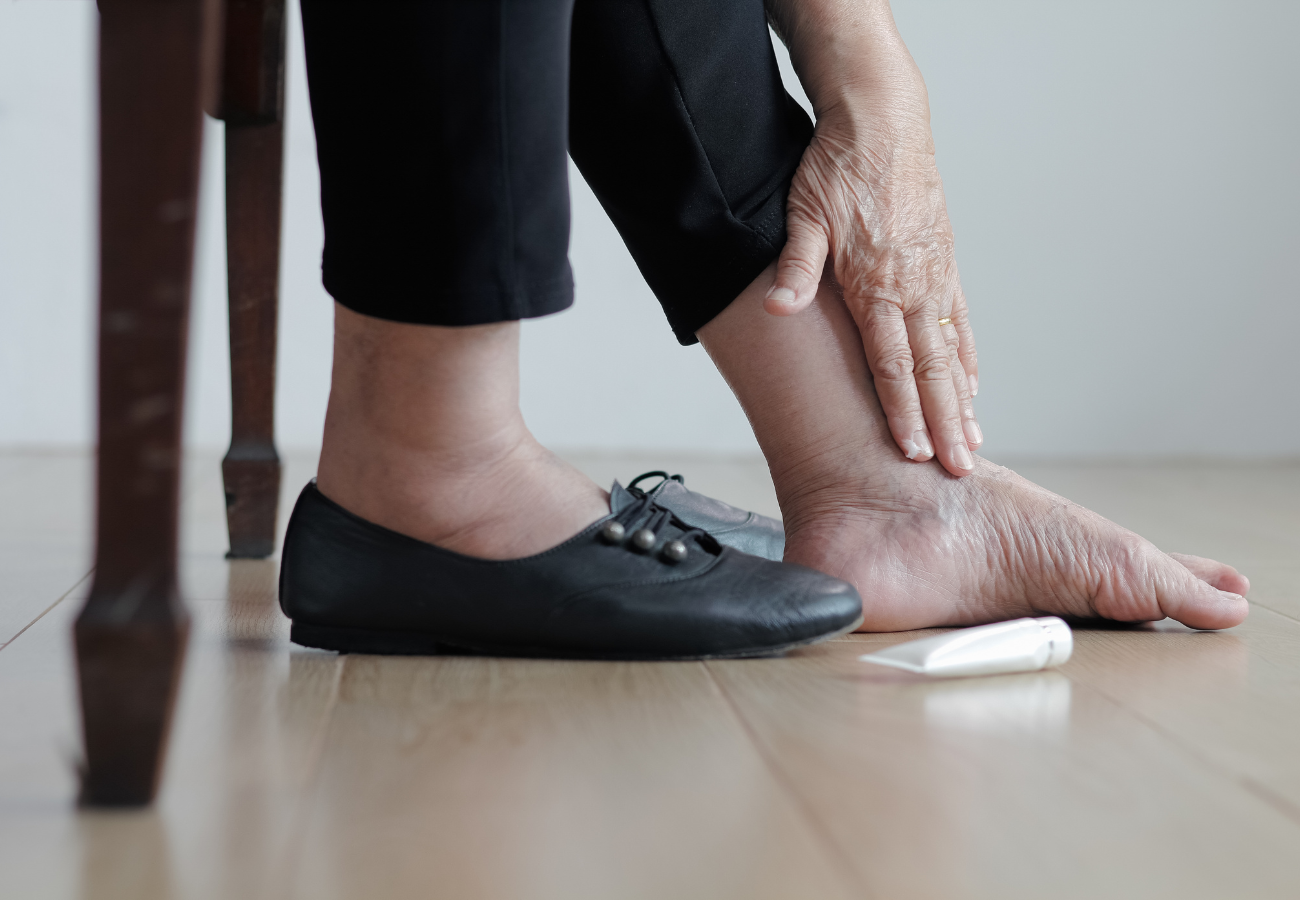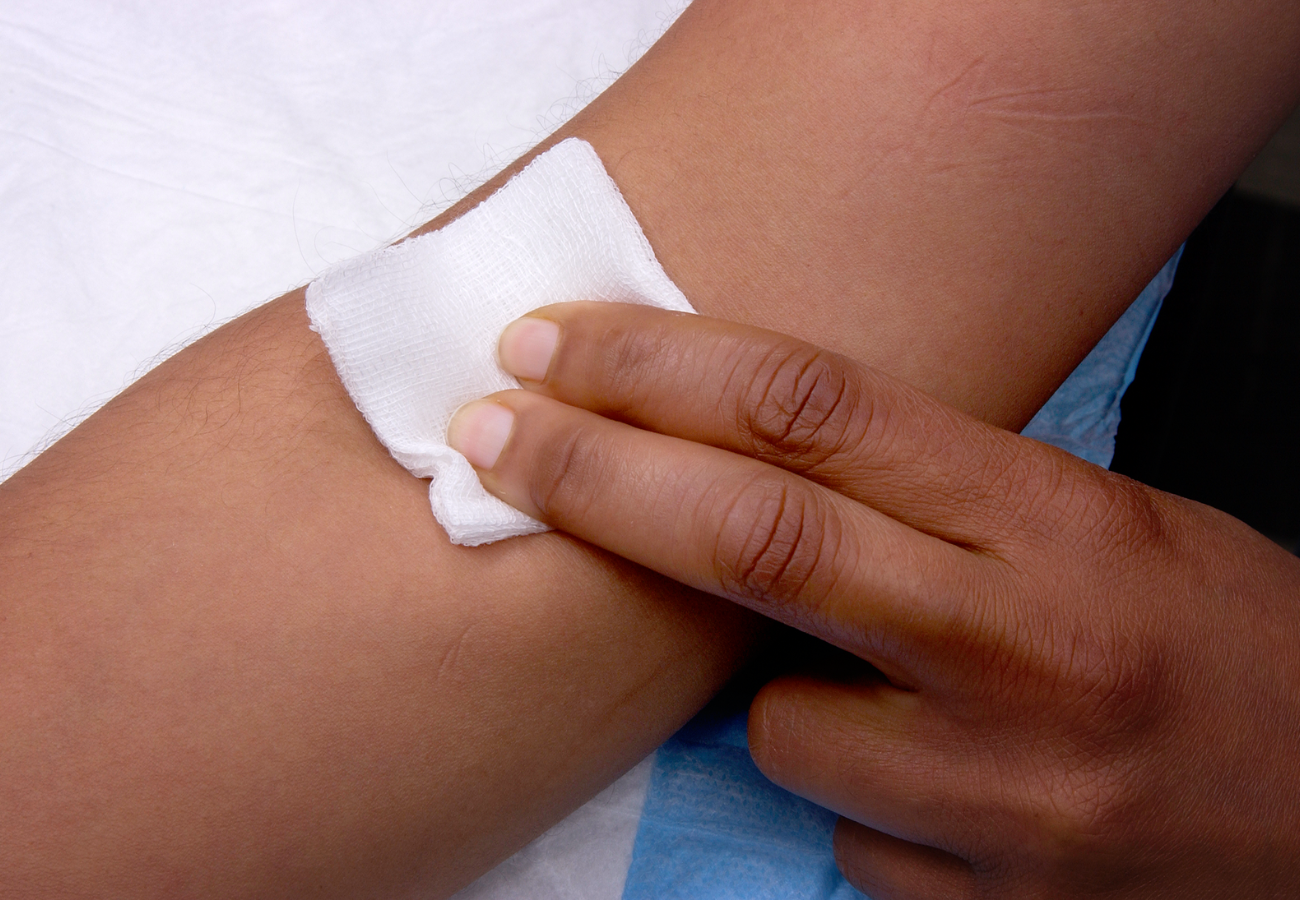
Adapted from Orsted HL, Keast D, Lalande FL, Kuhnke J, O’Sullivan-Drombolis D, Jin S, Haley J, Evans R.
Skin: Anatomy, Physiology and Wound Healing. Wound Care Canada. 2016.
What is skin?
Skin is the largest organ in the body. It has two main layers: the epidermis and the dermis. These layers are supported by several other underlying structures. Skin’s most important job is to create a barrier between the environment and your internal organs.
Skin also regulates and controls various other functions. Any breach of the skin is considered a wound.

What is skin made of?
- Epidermis: outermost layer of the skin.
The epidermis creates a waterproof barrier to hold moisture in and keep moisture out. The thickness of the epidermis varies depending on where it is located on the body. For example, it is thinner on the tympanic membrane of your eardrum and thicker on the sole of your foot. - Dermis: inner layer of the skin, which lies just beneath the epidermis.
The dermis provides structure to the skin and is necessary for wound closure. The dermis contains sweat glands, which help regulate body temperature, and sebum, which keeps the skin from drying out. - Blood: the bodily fluid that supplies nutrients to body tissue and collects waste.
Blood is mostly water (about 90%), but also contains proteins, glucose, mineral ions, hormones, carbon dioxide, platelets and blood cells. Blood distributes the nutrients and collects the waste necessary for tissue to heal. - Lymph: a clear fluid that consists of water, lipids, waste products, white blood cells, and several other materials.
Lymph does several things, including: returning proteins to the bloodstream, picking up bacteria and transporting them to damaged lymph nodes, and transporting fats from the digestive system.
What other structures underlie skin?
- Subcutaneous tissue (hypodermis): fat-filled cells under the dermis.
The hypodermis regulates skin and body temperature, insulates the body and absorbs trauma.
The size of this layer varies throughout the body, and from person to person. - Fascia: web of strong connective tissue between the skin and muscles.
Fascia maintains the skin’s structural integrity, provides support and protection, and absorbs shock.
Fascia is the first line of defence against infections. - Muscle: specialized tissue that is able to contract and to conduct electrical impulses.
- Tendons: bands of connective tissue that connect muscle to bone.
- Ligaments: short bands of connective tissue that connect bones to other bones to form a joint.
- Bones: hard, white, connective tissue that provides protection and rigid strength and support.
- Joints: the locations at which two or more bones make contact.
Joints allow movement and provide mechanical support. - Synovium: thin layer of tissue lining joints and tendons.
Synovium acts as a lubricant to reduce friction in the joint during movement. - Cartilage: dense connective tissue that intermediates between bones and tendons.

How does skin change with age?
- The skin’s regrowth process slows. The thinning of the outer epidermal layer can decrease a protein called collagen, which gives skin its ability to stretch and then return to shape. This means that older skin is more likely to wrinkle.
- Skin’s pH becomes more neutral, making it more susceptible to infection.
As we age, our skin becomes less acidic. Reduced acidity results in skin killing fewer bacteria than before. - Skin becomes less firm and less elastic.
Skin cells are replaced more slowly as we age. The aging process causes biochemical changes in the protein collagen, which gives skin its structure and its firmness, and the connective tissue elastin, which gives skin its elasticity. The rate of this change differs from individual to individual, depending on genetics, overall health, sun exposure, and skin care.
How does skin heal?
When skin is damaged, it attends to heal itself to continue to protect the body. This regeneration process occurs naturally in healthy individuals.
There are four phases of wound healing:
- Hemostasis: begins immediately following injury to the skin.
Special blood cells called platelets block off damaged blood vessels. Platelets also secrete proteins called growth factors, which help initiate later healing steps. - Inflammation: swelling and warmth associated with the pain of the injury.
Inflammation usually lasts up to 4 days following the injury. Inflammation causes blood vessels to leak plasma and microorganisms into surrounding tissue, which helps prevent infection. During this stage, growth factors help the cell divide and produce more cells. Specialized cells called macrophages can consume bacteria, providing another line of defence against infection. These cells also help resolve the inflammation at the end of this stage, causing transition into stage 3. - Proliferation (also known as granulation and contraction):
This involves replacement of dermal tissue (and subdermal tissue in deeper wounds).
The proliferation stage begins about 4 days after injury to the skin, and usually continues until day 21. Special cells called fibroblasts secrete collagen, which assists with the regeneration of dermal tissue. This healing stage is also characterized by contraction, during which the edges of the wound are pulled together. - Remodeling (also known as maturation): realignment of collagen.
Remodeling can take up to 2 years after injury to the skin. After remodeling occurs, skin’s ability to stretch and return to shape will be only 70-80% as strong as before the injury. Scar tissue forms and becomes thicker over time.

What is the difference between an acute wound and a chronic wound?
An acute wound heals normally, following the four steps outlined above. This occurs when the cause of the wound is removed and the environment is ideal for healing. Acute wounds differ in the time it takes to heal depending on the size of the wound.
